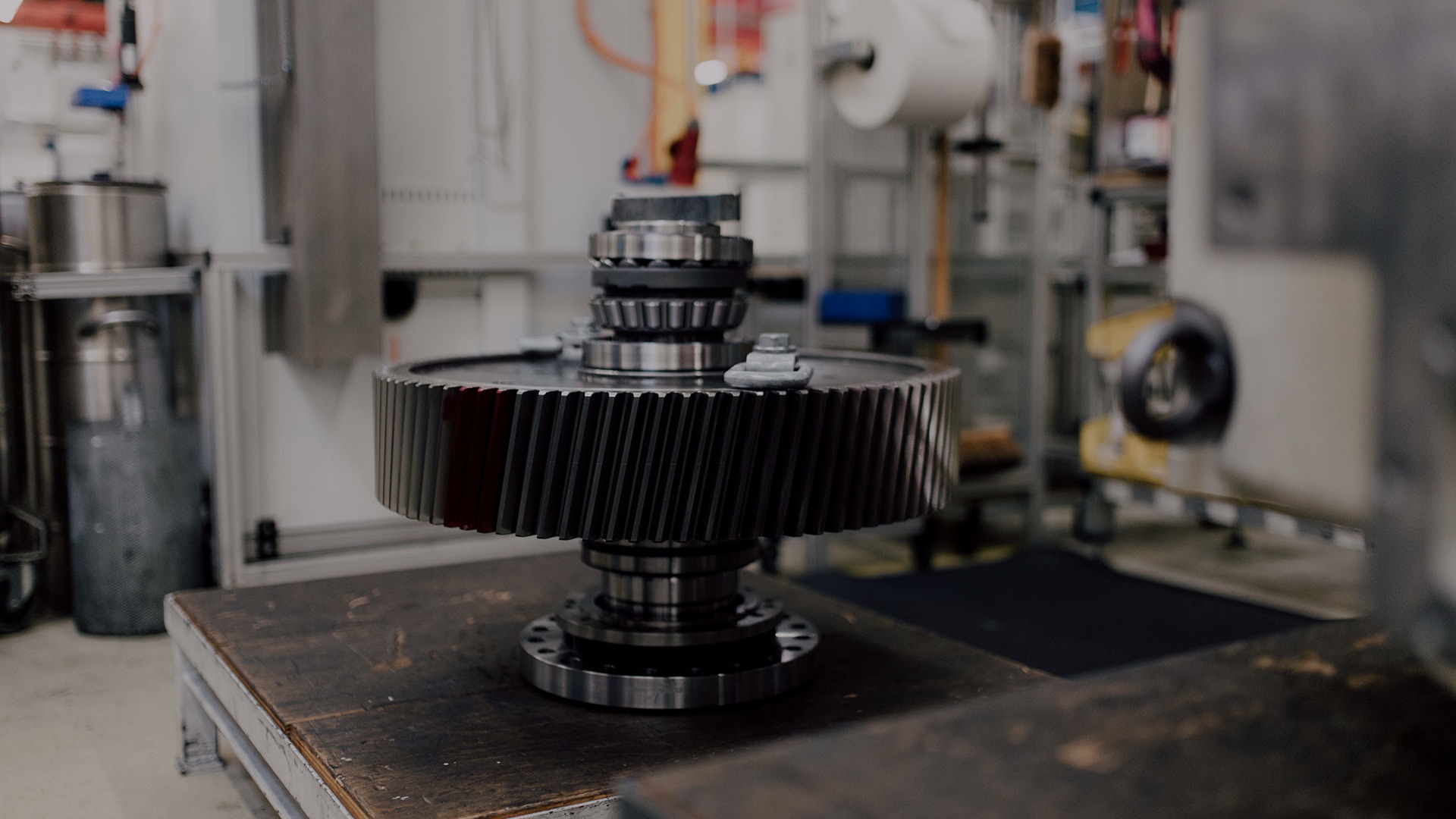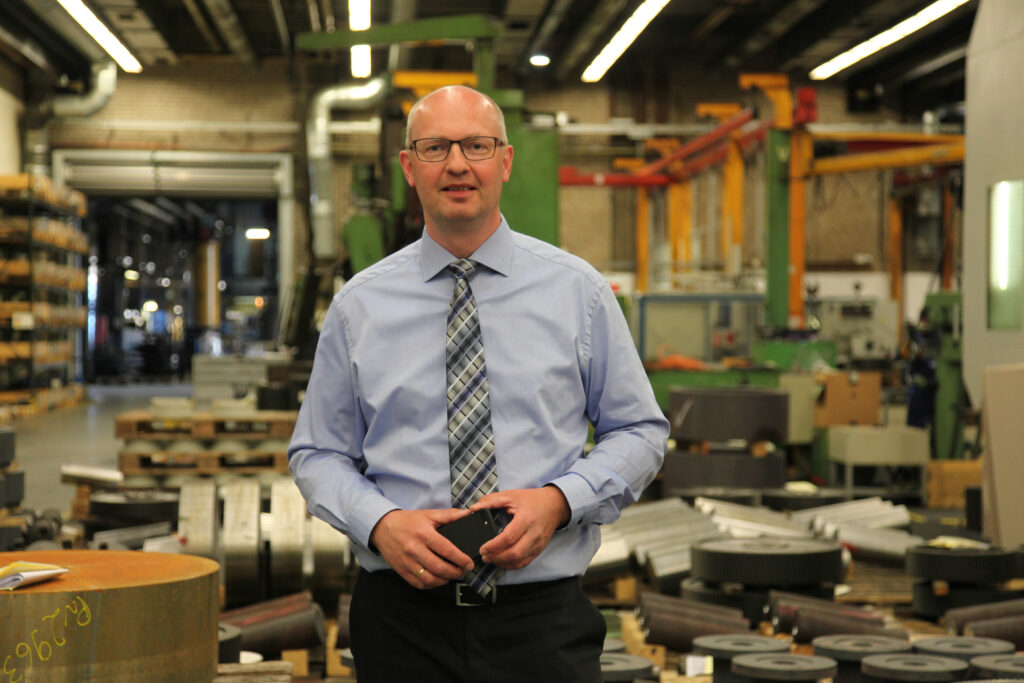
Get in touch with us:
+49 5151 1040
info@reintjes-gears.de
Service Hotline
+49 5151 104104
REINTJES GmbH
Eugen-Reintjes-Straße 7
31785 Hameln
Or use our contact form:
”Many things are possible!”
REINTJES is one of the pioneers when it comes to a greener future for maritime propulsion technology. What is already possible now and what is possible in the medium term? Dr Rainer Golloch, Senior Vice President Engineering at REINTJES GmbH, provides the answers.
How green or sustainable is shipping at the moment and in which areas can hybrid and all-electric marine transmissions already be used?
That depends entirely on the area in which the ships are travelling. In coastal areas or around harbours, ships can already operate with fully electric or hybrid propulsion. In our example (editor’s note: see main text), where ferries travel between different islands, this also works and makes sense. To summarise, it can be said: For short journeys, low travelling speeds and a good charging infrastructure, all-electric drives or hybrid drives are a good solution. And if – as things stand at present – ten to 30 per cent of conventional power can be supplied electrically, that is ideal. The situation is different on the high seas because the power and energy requirements here are simply too high.
How many of these gearboxes does REINTJES currently have on offer and will there gradually be hybrid or fully electric alternatives to all REINTJES marine gearboxes?
REINTJES already has an attractive range of hybrid-capable gearboxes in its entire product portfolio. In addition to our standard solutions, we can offer customised solutions depending on the operating conditions and specific customer requirements. The customer decides how green their drive system should be. In any case, a lot is possible. The decisive factor is to understand the specific application in detail and to design a suitable drive system based on this.
What is the price difference between a conventional transmission and a hybrid or electric version?
A hybrid transmission is more complex due to the additional components required for the increased functionality and is therefore generally more expensive to manufacture. Gearboxes for all-electric drive systems can certainly be cheaper than conventional variants, as there is no need for a clutch, for example, and the gearbox can be made more compact. It should also be noted that, in addition to the mechanical integration of the gearbox into the drivetrain, additional costs are incurred on the electrical side and for the control system.
Denken wir zehn oder 15 Jahre weiter: Sind die elektrischen Antriebsformen dann so leistungsstark, dass sie auf allen Schiffen zum Standard gehören?
I am convinced that hybridisation or electrification will increasingly become standard in various coastal applications. In deep-sea shipping, the propulsion system will be electrified to a lesser extent because the energy requirement is of a completely different order of magnitude than in the above-mentioned applications. One reason for this is the much lower energy density of batteries compared to conventional fuels. Let’s take, for example, an ocean-going container ship with a capacity of 20,000 TEU and a carrying capacity of 200,000 tonnes. This ship is to sail from Hamburg to China. This ship is currently equipped with a two-stroke engine and requires approx. 6000 tonnes of fuel (heavy fuel oil) for this journey. If we replace this conventional drive system with an electric drive with battery, it would weigh around 150,000 tonnes today and take up a large part of the cargo space. There would hardly be any space left for container loading. In order to charge the battery with the required amount of energy during the laytime, electrical charging capacities in the gigawatt range would be required. This will not be practically possible for the foreseeable future.
Other green technologies are therefore becoming increasingly interesting for ocean shipping, e.g. the use of alternative fuels in combustion engines. These fuels contain no or a significantly lower proportion of carbon and can be produced using electricity generated from renewable sources. Examples include methanol, ammonia and hydrogen. The first applications using methanol as a more climate-friendly fuel are already in operation.
